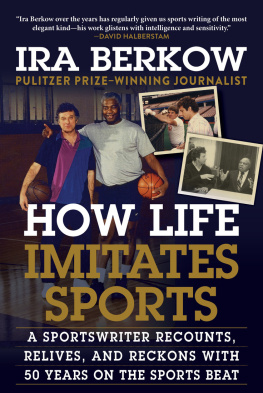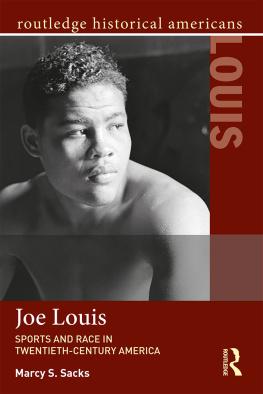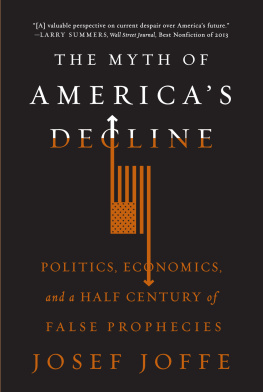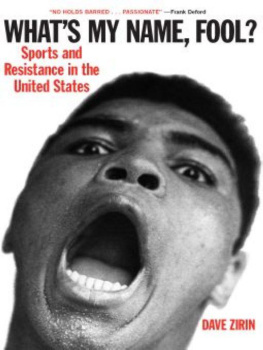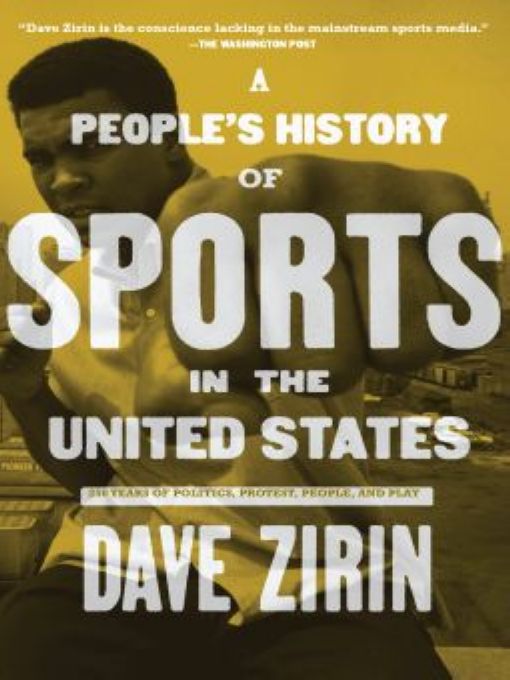Table of Contents
ALSO BY DAVE ZIRIN
Welcome to the Terrordome:
The Pain, Politics, and Promise of Sports
Muhammad Ali Handbook
Whats My Name, Fool?
Sports and Resistance in the United States
To Michele, Sasha Jane, and
Baby Jacob. The Dream Team.
Series Preface
Turning history on its head opens up whole new worlds of possibility. Once, historians looked only at societys upper crust: the leaders and others who made the headlines and whose words and deeds survived as historical truth. In our lifetimes, this has begun to change. Shifting historys lens from the upper rungs to the lower, we are learning more than ever about the masses of people who did the work that made society tick.
Not surprisingly, as the lens shifts the basic narratives change as well. The history of men and women of all classes, colors, and cultures reveals an astonishing degree of struggle and independent political action. Everyday people played complicated historical roles, and they developed highly sophisticated and often very different political ideas from the people who ruled them. Sometimes their accomplishments left tangible traces; other times, the traces are invisible but no less real. They left their mark on our institutions, our folkways and language, on our political habits and vocabulary. We are only now beginning to excavate this multifaceted history.
The New Press Peoples History Series roams far and wide through human history, revisiting old stories in new ways, and introducing altogether new accounts of the struggles of common people to make their own history. Taking the lives and viewpoints of common people as its point of departure, the series reexamines subjects as different as the American Revolution, the history of sports, the history of American art, the Mexican Revolution, and the rise of the Third World.
A peoples history does more than add to the catalogue of what we already know. These books will shake up readers understanding of the pastjust as common people throughout history have shaken up their always changeable worlds.
Howard Zinn
Boston, 2000
Preface
The great Howard Cosell in a scathing critique of the sports world once said rule number one of the jockocracy was that sports and politics could never mix. Sports had to be dumbed down and quarantined from that nasty netherworld where political ideas and social concerns threatened to ruin the party. Debate was to be confined to less filling versus tastes great.
Today major sports columnists rain down many a verbal blow anytime an athlete takes a political stand. They can be worse when people outside the sports world try to say their piecefor example, when Jesse Jackson criticized hiring practices in the athletic department at the University of Alabama. They argue that sports and politics dont belong in the same zip code, the same country, the same universe. Its not just sports columnistsits the conventional wisdom throughout your local newspaper. Even E. J. Dionne, the house liberal of the Washington Post, wrote in 2003, Most of us who love sports want to forget about politics when we watch games. Sports, like so many other voluntary activities, creates connections across political lines. All Americans who are rooting for the Red Sox in the playoffs are my friends this month, no matter what their ideology.
Dionnes starting point is that sports are apolitical, neutral space. The problem with Dionne, the sports page, and everyone who tries to segregate these two worlds is that they are trafficking in myth. They want us to believe that sports and politics together are as painful a mash-up as Mitt Romney getting cornrows or Hillary Clinton cutting a salsa album. It is certainly easy to understand why this is so readily accepted. Many of us watch ESPN to forget at all costs what they are doing on C-SPAN.
But in an era where the building of publicly funded stadiums has become a substitute for anything resembling an urban policy; in a time when local governments build these monuments to corporate greed on the taxpayers dime, siphoning off millions of dollars into commercial enterprise while schools, hospitals, and bridges decay, one can hardly say that sports exists in a world separate from politics. When the sports pagewith its lurid tales of steroids, Michael Vick, referee gambling, and high-profile sexual harassment suitsno longer can be contained in the sports page, then clearly we need some kind of framework to take on and separate what we love and hate about sports so we can challenge it to change.
But sports are more than just a sounding board for war, graft, and mind-numbing moralism. It can also be a place of inspiration that doesnt transcend the political but becomes the political, a place where we see our own dreams and aspirations played out in dynamic Technicolor. Politics are remote and alien to the vast majority of people. But the playing field is where we can project our every thought, hope, and fear. We want to believe fiercely that this is the one place where ability alone determines how we are judged. If you can play, you will play, no matter your color, class, or gender. This is why boxers such as Joe Louis and the great Muhammad Ali, Olympic stars such as Wilma Rudolph and Jim Thorpe, tennis players such as Billie Jean King and the Williams sisters, and even golfs Tiger Woods (although he would never want the title) are viewed, consciously or not, as political beingscarriers of the dream that the playing field for all of us might be made a little more level.
This volume is an effort to resuscitate the political heart that beats in the sports worldto have a history that critically examines the political forces as well as the political power at work in the world of sports. It also stands proudly with the tradition of progressive dissenters in sports, people who have attempted to use the world of sports as a platform to advance ideas of resistance. These are people who have not allowed the politics of modern sport in the United States to be the province of those who financially control itand those in government who would so casually exploit the platform. This book is dedicated to all rebel athletes. From five-foot jockeys to seven-foot hoopsters, they are the giants upon whose shoulders this hidden history rests.
Acknowledgments
First and foremost I need to recognize every sport, team, individual and athletic protest that didnt make the final cut. There were many. Anything that ended up on the cutting room floor falls on me alone. Let me know what you think I missed and maybe we can petition The New Press for a Volume II.
What survived was what I thought were the high points of the sports/politics collision. I also somehow survived, but would have been a stain on the side of the road if not for the people below.
Its a simple fact that without Andy Hsiao, who believed in the book from day one, and was still working on it in remote locales on day one thousand, there would be no book. Everyone else at The New Press, especially Ellen Adler, Marc Favreau, Maury Botton, and Jason Ng also fought for this book to make it to print. And a special mention to Sue Warga, whom I have never met, but had the unenviable task of copy editingand tamingthe manuscript. I owe you a drink.
Thanks also to the folks outside The New Press who helped with research: David Thurston, Alex Billet, and Travis Vogan were immeasurably helpful, especially David whose early advice about an embryonic draft shaped the book decisively for (I believe) the better.



